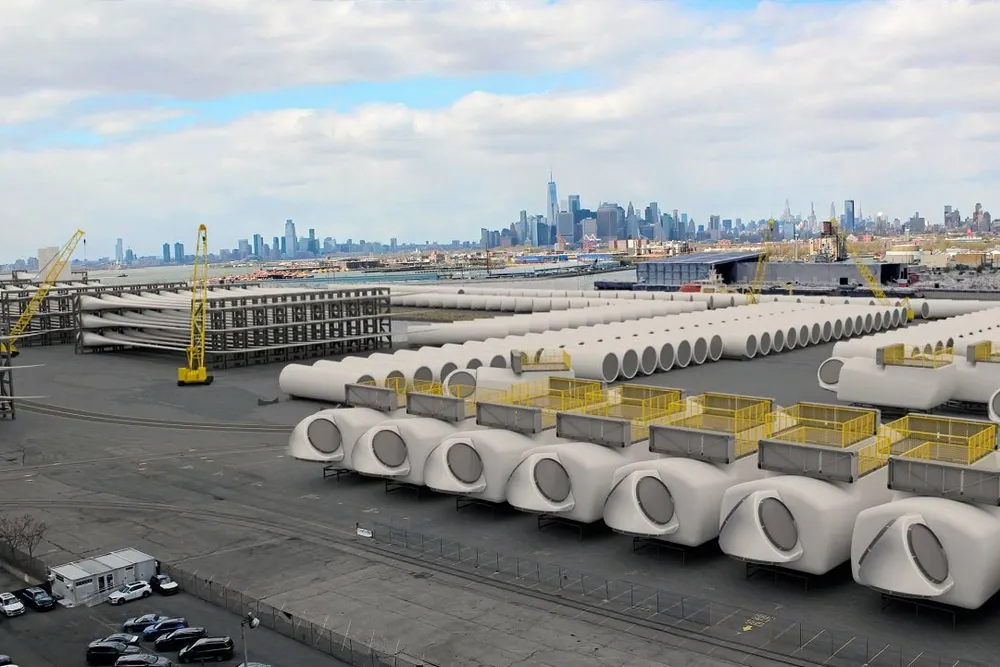US offshore wind buoyed by Empire U-turn and power demand: Woodmac
Scarcity of alternative resources, area constraints, gas turbine shortages, and little public appetite for more transmission make sector more viable

Despite President Donald Trump's opposition, the outlook for US offshore wind has improved as the Northeast – area-constrained and resource-poor – has few alternatives to meet surging power demand, according to Brian McIntosh, vice president of Americas power and renewables research.
The sector has faced multiple hurdles from surging costs to public opposition and supply chain turmoil, but none as existential as Trump’s memorandum freezing leasing and permitting, while putting existing arrays under scrutiny towards termination or modification.
“The intention of the executive orders was pretty clear cut – to limit any and all offshore wind projects,” he told a panel on US power demand forecasts.
“There are obviously federal policy risks to offshore wind that we're seeing right now,” McIntosh added.
Energy insiders speculated the U-turn was prompted by concessions on natural gas pipelines by New York governor Kathy Hochul, but McIntosh said, “there is very little appetite in those regions” to add pipeline capacity.
Moreover, Trump’s fossil fuel powered ‘energy dominance’ agenda faces very real constraints of gas turbine manufacturing capacity.
Woodmac estimates around 70-75GW of global gas turbine manufacturing capacity, which according to order data through the next five years “is more or less filled up,” McIntosh said, creating a bottleneck for new generation.
The densely populated Northeast likewise offers little opportunity to develop onshore renewables, “at least close to the load centres”, McIntosh said.
Clean energy development is happening in rural areas of Upstate New York and New England, but “you don't have the willingness to build the transmission network to support that and bring it to the major load centers,” he added.
Amid these constraints, US electricity demand is expected to rise 30% by 2035, according to conference host American Clean Power Association.
“When we do our modeling, it very much feels like we almost always keep coming back to the same conclusion that offshore wind feels like the right answer for the Northeast especially,” he said.
(Copyright)